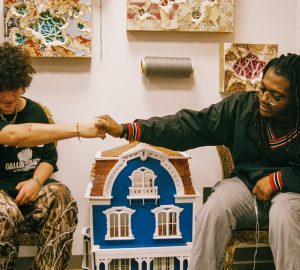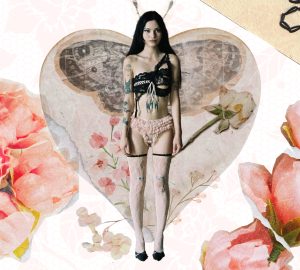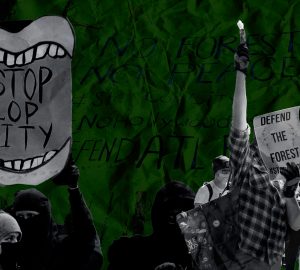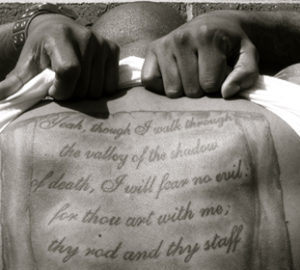
Tattooing is the ancient art of driving pigment under the top layer of skin to create a permanent image. It has been a part of Asian and Egyptian cultures since 3,300 B.C.E. Historically, tattooing was a ritualistic form of sacrifice that showed selflessness and dedication to the gods. Other cultures viewed tattooing as a medium to connect with the dead. Tattoos were also used as time lines, recording important life events. Some Asian cultures even used it for health purposes to create a tolerance for pain and to achieve spiritual harmony.
In western culture, tattoos have another sort of history. Until very recently, tattooed individuals were considered to be criminals and troublemakers.From the 1600s until World War II, sailors got tattoos to show time spent at sea and used them for protection. They believed that mixing gunpowder with ink could provide longevity of life and ward off evil.
The majority of tattoos done today are implemented for less magical purposes. Although no longer used to cure the physically ill or as a right of passage for adolescents, tattoos are still used to remember important time periods and pay tribute to the dead. More recently, they have become a fashion statement and a way to express individuality.
“I have the Coco Chanel symbol tattooed on my wrist,” said Chantelle Fandino, first-year fashion marketing and merchandising student. “I got it because I live for Chanel — their brand message and its creators. It is my inspiration and muse.”
Whatever the reasons behind tattooing, the one thing that doesn’t change is the fact that the inking process is painful. Some compare it to a cat scratch on sunburned skin. The tattoo location of the tatoo can dramatically affect the level of pain one feels, ranging from a mild irritation to a mind-numbing burn. The least painful places are usually the meatier places, such as the thighs or upper arms. The more painful locations are anywhere with thin skin, making it closer to bones and nerves. These places are generally the tops of feet, spine and elbow. So, what does it say about people who willingly undergo these painful procedures?
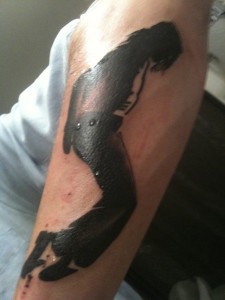
“I think there might be some masochistic element, because there is something addictive about the actual process,” said Andrew Averso second-year fashion marketing student. “It gives you a very unique feeling. You’re in pain, but you kind of want to be.”
Although tattoos are no longer the exclusive domain of criminals, tattoos are still taboo in the professional work environment. “I feel that many think it’s a mistake, or frowned upon. They consider people with tattoos as dirty or unprofessional,” said Fandino.
And yet, people from all walks of life have chosen to experience the pain and ritualistic procedure of being tattooed. Averso has ten tattoos and has been fixated on them for a while. “I’ve loved tattoos from a very young age. By the time I was 18, I knew I wanted one,” Averso said. He said he cares more about collecting art than the pain. “[The art] is what they’re really about.”




